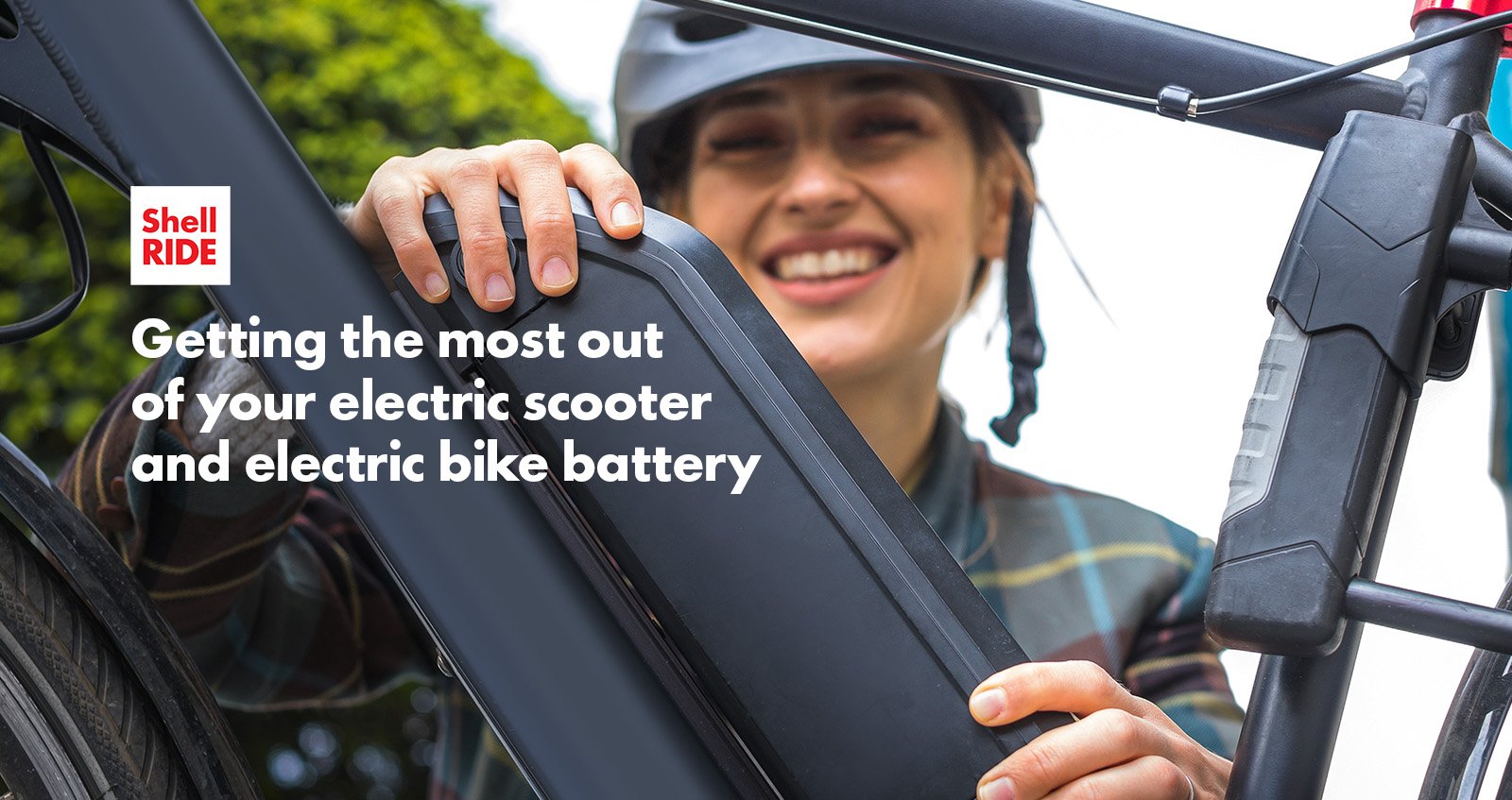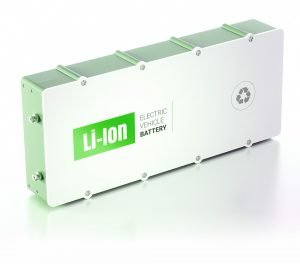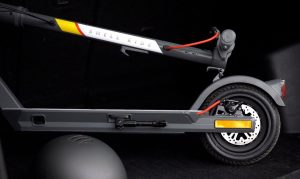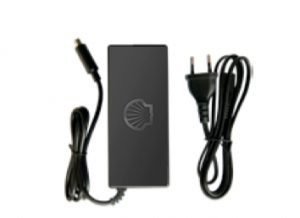
Battery Health - Getting the most out of your electric scooter and electric bike battery
Batteries, batteries. We seem to be living in a world where batteries are not only increasingly convenient, they’re necessary. From our phones, to toothbrushes, to our vehicles, batteries have laid their claim to being a part of everyday life. Batteries have also come a long way in technology. The ever-rising demand and use of smartphones and e-mobility has put batteries at the forefront of technological development and improvement. As smartphones are changing the way we communicate, e-mobility is changing the way the world gets around. With this change, we have to continually seek ways to help the ease of transitioning to e-mobility as a whole. Battery health plays a huge role in this change.
 Lithium ion is one of the lightest and long-lasting power sources out there in the world. Lithium ion batteries not only have a high energy density and cell voltage, they are pretty low maintenance, making them ideal for e-mobility use. With that said, all batteries have a lifespan, and it may be time for us all to start to focus more on optimal battery health and longevity.
Lithium ion is one of the lightest and long-lasting power sources out there in the world. Lithium ion batteries not only have a high energy density and cell voltage, they are pretty low maintenance, making them ideal for e-mobility use. With that said, all batteries have a lifespan, and it may be time for us all to start to focus more on optimal battery health and longevity.
Charge time:
Most chargers or batteries are equipped with an LED to let you know when charging is complete. The light will turn from red or orange to green when fully charged. Electric Scooters and electric bikes generally take anywhere from 3 to 6 hours to fully charge. We recommend unplugging your charger once your bike or scooter reaches full charge. If your bike or scooter did not come with a battery meter, refer to your user manual for estimated charge time.
Charging & Storage environment:
 A dry environment at room temperature is the ideal circumstance for charging most batteries, and the electric scooter and bike are no exception. Make sure temperatures are not below 32°F or above 113°F because both low or high extreme temperatures can damage the battery. For example, if your electric scooter or bike is stored in a garage that can fall under 32°F during the winter months, bring the scooter indoors and wait until the battery has warmed up above freezing to charge. Never charge your electric scooter in direct sunlight. Such extreme temperatures can cause a serious failure or other hazards.
A dry environment at room temperature is the ideal circumstance for charging most batteries, and the electric scooter and bike are no exception. Make sure temperatures are not below 32°F or above 113°F because both low or high extreme temperatures can damage the battery. For example, if your electric scooter or bike is stored in a garage that can fall under 32°F during the winter months, bring the scooter indoors and wait until the battery has warmed up above freezing to charge. Never charge your electric scooter in direct sunlight. Such extreme temperatures can cause a serious failure or other hazards.
The charger:
 Make sure to always use the original charger that was made for your battery. The charger you get when you purchase an electric scooter or electric bike was specifically designed for your battery with the correct wattage and plug ports. If you need another charger or lose your original one, contact the scooter or bike manufacturer to purchase a new one.
Make sure to always use the original charger that was made for your battery. The charger you get when you purchase an electric scooter or electric bike was specifically designed for your battery with the correct wattage and plug ports. If you need another charger or lose your original one, contact the scooter or bike manufacturer to purchase a new one.
Best practices for charging and extending battery life:
• You may have heard over the years that it was bad to let batteries overcharge (e.i. leave your phone on the charger all night), but most modern electric scooter and bike chargers come with charge controlling mechanisms. If the battery is fully charged, it will automatically disconnect the charging to prevent issues. With that said, we still recommend unplugging your charger once your bike or scooter reaches full charge.
• Although it is common practice to plug the charger in immediately after riding, we recommend you give your electric scooter or bike 15-20 minutes to cool down before plugging it back up. Charging a battery that is hot after a long ride could possibly cause damage or impact the effectiveness of your battery in the long run.
• Try to avoid completely draining the battery as much as possible. Letting the battery completely drain is not only not optimal for its health, but it’s not great for your convenience either, as you try and find a way to get moving again. Modern advancements in lithium-ion technology have alleviated this issue to a degree but try to avoid it becoming a habit.
For the ECO mode equipped:
 If your electric bike or electric scooter has an option for ECO (slow) mode, and you’re not in a hurry, use it! The Shell RIDE SR-5S e-scooter, for example, has ECO mode for saving battery power if you need it and aren’t worried about maximum speed. It may be wise to consider eco features like this on your e-transport that could save you a lot of headache should you need some extra miles before recharging is available. The more we begin to rely on electricity and electric mobility, the more we will continue to improve technology, safety, convenience, and lifestyle.
If your electric bike or electric scooter has an option for ECO (slow) mode, and you’re not in a hurry, use it! The Shell RIDE SR-5S e-scooter, for example, has ECO mode for saving battery power if you need it and aren’t worried about maximum speed. It may be wise to consider eco features like this on your e-transport that could save you a lot of headache should you need some extra miles before recharging is available. The more we begin to rely on electricity and electric mobility, the more we will continue to improve technology, safety, convenience, and lifestyle.
Don’t abuse it:
As rugged as many electric bikes and electric scooters are these days, don’t abuse them. As a whole, both electric scooters and electric bikes require very little maintenance but remember to give them time to cool down and properly charge. Draining the battery cycle after cycle can cause your battery to overheat, drastically shortening the life of your battery.
The battery is in many cases the most important part of an electric scooter or electric bike and needs to be well maintained for optimal health. Depending on make & model, most electric scooters or bike batteries will last anywhere from 300 to 800 charging cycles before losing significant performance or capacity. That is a lot of potential miles to be ridden, and we want you to get the maximum return on your investment. In an effort to ensure years of trouble free riding, we hope you can use these best practices to help increase your electric scooter or electric bike performance and overall lifespan.
